Panasonic HG-C1100 Manual
Panasonic
Ikke kategoriseret
HG-C1100
| Mærke: | Panasonic |
| Kategori: | Ikke kategoriseret |
| Model: | HG-C1100 |
Har du brug for hjælp?
Hvis du har brug for hjælp til Panasonic HG-C1100 stil et spørgsmål nedenfor, og andre brugere vil svare dig
Ikke kategoriseret Panasonic Manualer

25 November 2025
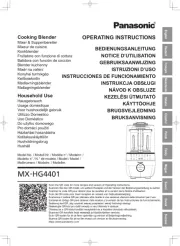
10 Oktober 2025
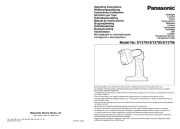
8 Oktober 2025
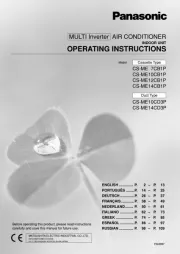
1 Oktober 2025

18 September 2025
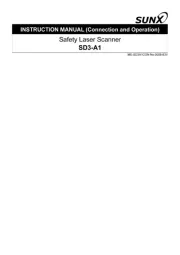
15 September 2025
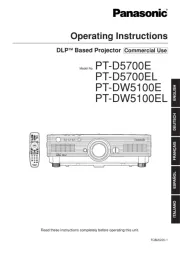
27 August 2025

26 August 2025

14 August 2025

13 August 2025
Ikke kategoriseret Manualer
- Weltron
- Eventide
- Silk'n
- Claypaky
- Dubatti
- Petzl
- Atlantic
- Peach
- Yubico
- Koubachi
- Z CAM
- Armcross
- Miele
- Altrad
- Aprilia
Nyeste Ikke kategoriseret Manualer

11 December 2025

11 December 2025

11 December 2025

11 December 2025

11 December 2025

11 December 2025

11 December 2025

11 December 2025

11 December 2025

11 December 2025
